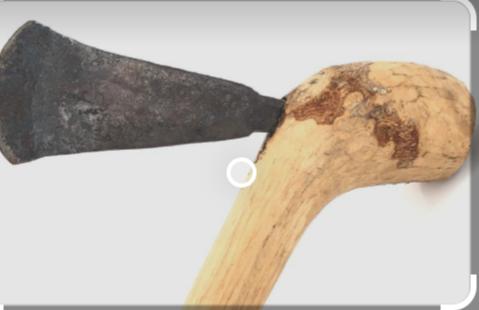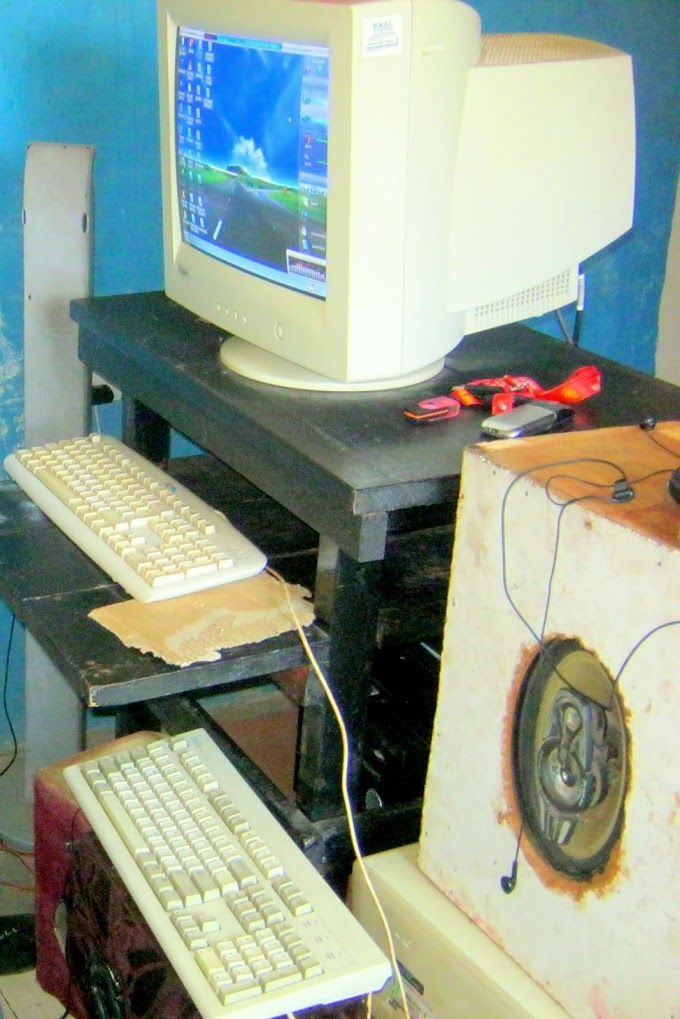The History of Computers: Tracing the Evolution of Technology
The history of computers is a fascinating journey, tracing back to ancient calculating devices and leading up to the powerful, compact machines we use today. This evolution has been marked by significant breakthroughs and inventions that have shaped the digital world. Below, we explore the major milestones in the history of computers, guided by insights from various scholars and authors.
1. Early Beginnings: Mechanical Calculating Devices
The earliest concepts of computing began with simple mechanical devices used to aid mathematical calculations. The abacus, developed around 3000 BC, is one of the earliest known devices, which used beads on rods to perform basic arithmetic operations (Ceruzzi, 2012). Later, Blaise Pascal invented the "Pascaline" in the 1640s, a mechanical calculator that could add and subtract. This was followed by Gottfried Wilhelm Leibniz’s invention of a stepped calculator in the late 17th century, which could perform more complex calculations like multiplication and division (Williams, 1997).
2. The Analytical Engine and the Concept of Programmable Machines
In the 19th century, British mathematician Charles Babbage proposed the Analytical Engine, a design for a mechanical computer that could be programmed to perform various calculations. Although Babbage never completed a functional model of the Analytical Engine, his design included components such as an arithmetic logic unit and memory, concepts that would later define modern computers (Swade, 2001). Babbage's collaborator, Ada Lovelace, wrote the first algorithm for the Analytical Engine, making her one of the first computer programmers (Ceruzzi, 2012).
3. The Advent of Electronic Computers
The 20th century marked the shift from mechanical to electronic computing. The first general-purpose electronic computer, the Electronic Numerical Integrator and Computer (ENIAC), was developed in the United States during World War II. ENIAC, completed in 1945, could perform thousands of calculations per second, a revolutionary capability for its time (Ceruzzi, 2012). This development was quickly followed by the creation of the UNIVAC I in 1951, the first commercially available computer designed by J. Presper Eckert and John Mauchly (Haigh, 2016).
4. The Emergence of Transistors and Integrated Circuits
The invention of the transistor in 1947 by John Bardeen, Walter Brattain, and William Shockley allowed for smaller, more efficient computers. Transistors replaced vacuum tubes, drastically reducing the size and power requirements of computers, paving the way for the second generation of computers in the 1950s and 1960s (Ceruzzi, 2012). The development of integrated circuits by Jack Kilby and Robert Noyce in the late 1950s further revolutionized computer design by allowing multiple transistors to be placed on a single silicon chip (Grier, 2005).
5. The Personal Computer Revolution
The 1970s and 1980s saw the rise of personal computers, making computing accessible to individuals and small businesses. The launch of the Altair 8800 in 1975 and the Apple II in 1977 marked the beginning of the personal computer era. Companies like IBM entered the market with the IBM PC in 1981, solidifying the personal computer as a staple in homes and workplaces (Ceruzzi, 2012). This era was further influenced by advancements in software, with systems like MS-DOS and later Windows providing user-friendly interfaces (Grier, 2005).
6. The Internet and Mobile Computing
The advent of the internet in the late 20th century transformed computers into essential tools for communication and information exchange. In the 1990s, Tim Berners-Lee developed the World Wide Web, making the internet accessible to the public and spurring the growth of online services (Haigh, 2016). The early 2000s saw the rise of mobile computing with the development of smartphones and tablets, enabling people to access computing power from anywhere (Ceruzzi, 2012).
The history of computers demonstrates a remarkable journey of technological advancement, from simple mechanical devices to complex electronic systems that have transformed every aspect of modern life. Each phase of development built on previous innovations, leading to the powerful, interconnected world we inhabit today. Authors like Paul E. Ceruzzi and Martin Campbell-Kelly have documented these milestones, offering insight into the innovations that have shaped our digital age.
List of Books you can get more information about the history of computers.
- Ceruzzi, P. E. (2012). Computing: A Concise History Cambridge: MIT Press.
- Grier, D. A. (2005). When Computers Were Human. Princeton University Press.
- Haigh, T. (2016). ENIAC in Action: Making and Remaking the Modern Computer. MIT Press.
- Swade, D. (2001). The Difference Engine: Charles Babbage and the Quest to Build the First Computer. Penguin Books.
- Williams, M. R. (1997). A History of Computing Technology. IEEE Computer Society Press.






















